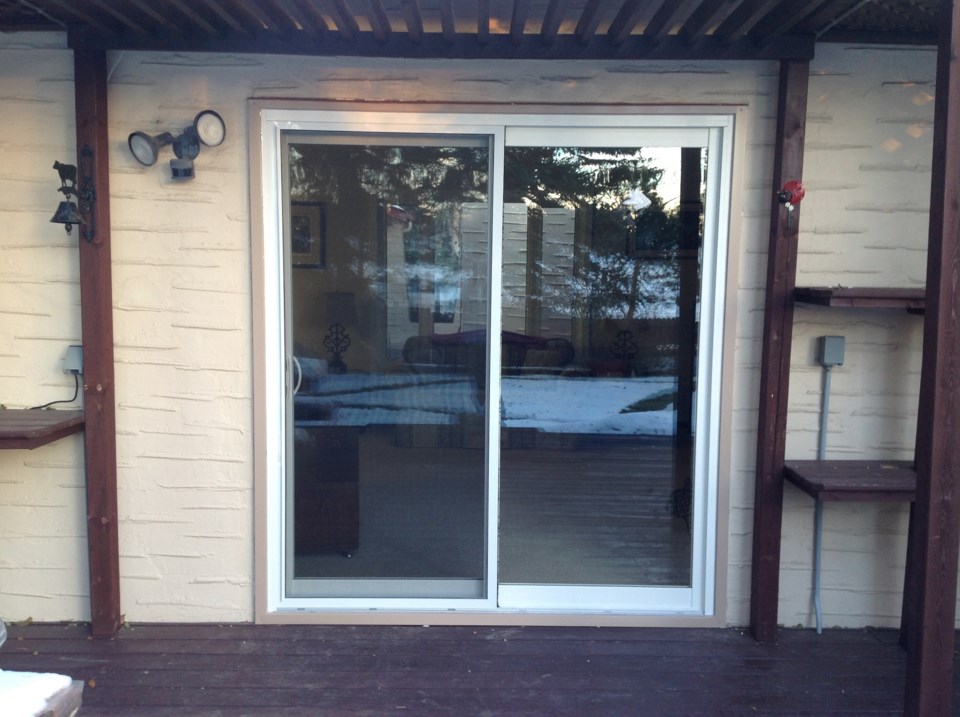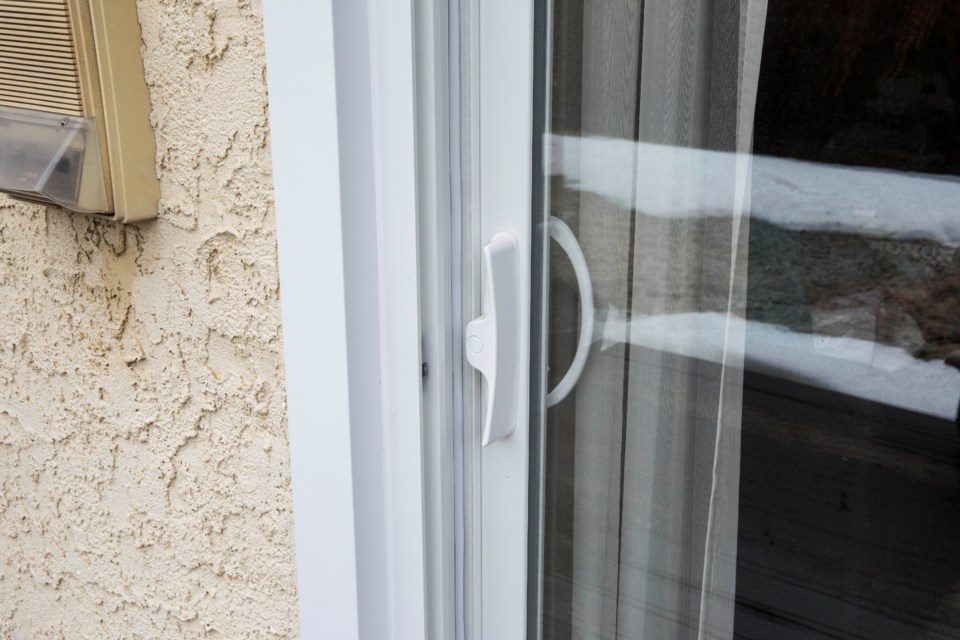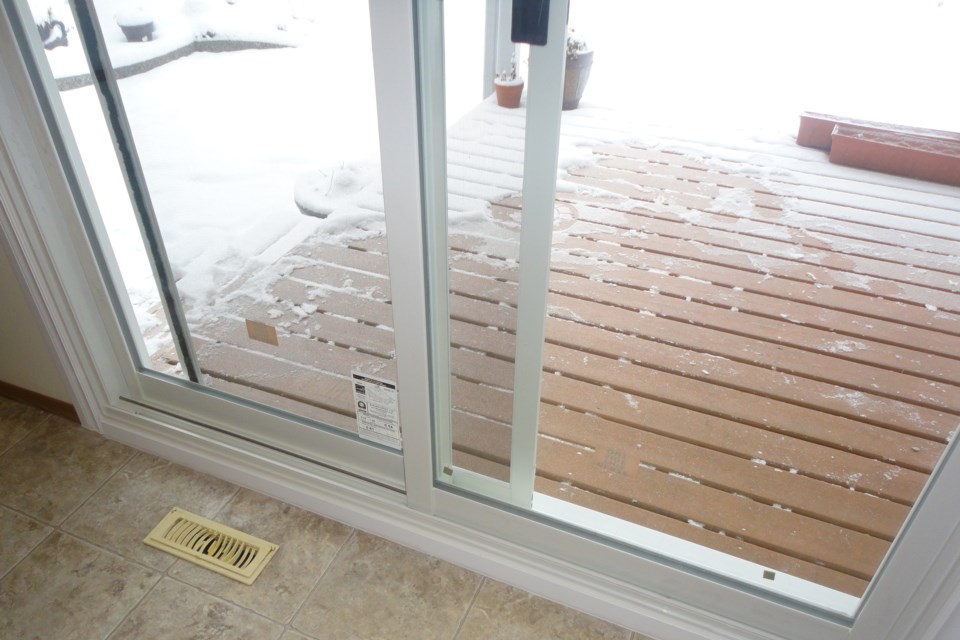If you feel like your heating system runs non stop as soon as winter sets in, yet it never seems to make much of a difference in some areas of your house, your sliding glass patio doors could be the reason.
When not adequately insulated, these units could be a primary source of heat loss in your home. Older doors with single panes or deteriorated weather stripping can create large drafts allowing cold air to pass through.
Properly winterizing your patio door ensures a comfortable temperature within your space and peace of mind for your family. Moreover, there are plenty of ways to get better insulated sliding doors through big and small investments. So if you are on a budget, you can still improve the overall thermal performance of your house without many difficulties.
Replace your old patio doors with energy-efficient models
If your single-pane sliding glass door is broken or structurally unsound, consider replacing it with new vinyl patio doors equipped with double or triple glazing.
Modern Ecoline patio doors come with Low E and Argon and a minimum energy rating (ER) of 40, making their triple-glazed models up to 55% more energy efficient than standard ones.
Clean out the dirt from your current sliding doors
Checking the track and rollers for dirt and debris is the fastest and simplest technique to eliminate drafts from your sliding glass doors. Pet hairballs, dead insects, gravel, dirt, and debris jamming up the tracks can cause small weatherstripping gaps, preventing the door from operating smoothly and being completely sealed.

Replace weather stripping
If your door's tracks are fine, check the weather stripping surrounding it. You may have professionally installed patio doors with built-in weather stripping, but the material can deteriorate over time, reducing its effectiveness.
Vancouver patio doors experts advise changing your weatherstripping every few years. It comes in various materials, such as vinyl or silicone, foam tape, felt, v-strip, or plastic.
Installing weatherstripping in one continuous piece is the most effective way. Find the suitable size kit that will let you apply and seal your sliding glass door all the way around after measuring the four sides of the door.
New weather stripping prevents cold air and protects your indoor area from rain, wind, and snow.
Improve on insulation
Canadian winters can be harsh, so installing plastic films on your sliding patio doors before cold seasons is an effective and low-cost way to boost the overall insulation temporarily.
Shrink wrap is one of the most reasonably priced insulation materials. The barrier will significantly reduce drafts and lower your monthly heating costs. Installing a shrink wrap during the winter months really has no drawbacks if you can look beyond the fact that it's a bit of an eyesore.
Replace the exterior caulking
Apart from changing the weatherstripping, the exterior caulking of the door should also be examined. Over time, exterior caulk may degrade. If you feel a draft when standing close to your door, it might be time to replace the caulk. This method will prevent partial heat loss, save energy, and reduce your bills by up to 10%.

Winterizing your patio doors: DIY or hire an expert?
Hiring professional Vancouver window installers is crucial if you consider a full sliding patio door replacement project. Make sure to check on their reviews, similar projects and ask your friends or neighbours about their experience with the company.
Your preferred window company should:
- Sell only Energy Star-rated products;
- Install only NAFS-11 tested & Canadian-made doors;
- Have many excellent real-customer reviews;
- Include the door's energy specifications in your quote;
- Have custom door features to choose from;
- Take care of manufacturing, delivery and installation;
If the current conditions of your patio doors are still good, you may want to consider the other winterizing approaches discussed above to boost your door's insulation. DIY is an option here, but it requires you to have the right expertise and tools, coupled with sufficient time to implement the project.
Sliding patio doors enhance our homes' beauty and let more natural light into the space. But they are also one of the primary sources of drafts that can lead to heat loss during winter. That is why properly winterizing your sliding patio doors is vital if you want a comfortable space that brings your family warmth and peace of mind during the cold seasons.



